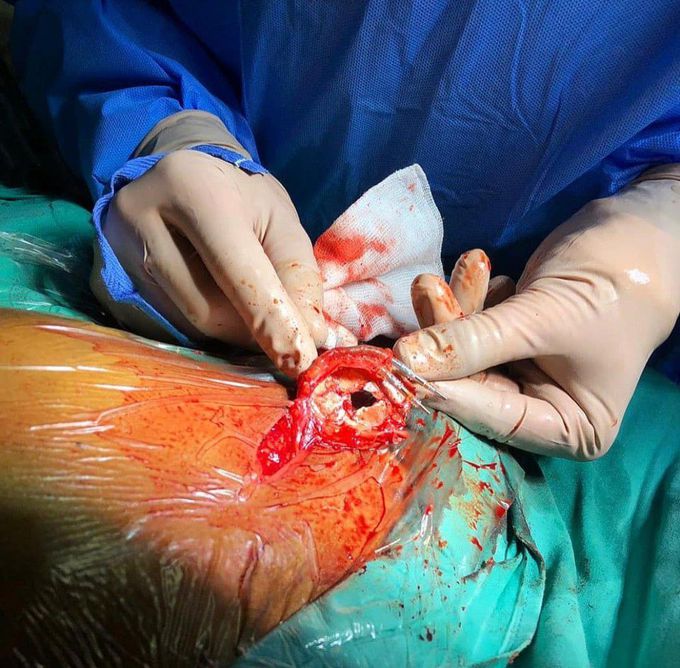


Ever seen a calcified pacemaker?
This patient underwent a routine cardiac pacemaker box change after their current pacemaker reached its relative replacement time. Upon extraction of the old pacemaker, large calcifications were discovered around the pacemaker leads. Many people have surgically implanted cardiac devices. These devices include pacemakers and implantable cardioverter defibrillators or ICDs. Pacemakers can help treat slow heart rhythms, and ICDs stop dangerous rapid heart rhythms. Both these devices have 2 main components: a pulse generator and a set of leads. The pulse generator is a small computer with electric circuits and a battery. The leads are wires that run between the pulse generator and the heart. These leads can deliver a burst of energy in both pacemakers and ICDs. This burst of energy can cause the heart to beat more quickly (in a pacemaker), or it can stop dangerous rapid heart rhythms (in an ICD). To do this, the leads need to contact the heart itself. Most leads travel through a vein to enter the right side of the heart. They usually connect to the inside of the heart with a small screw screwed directly into the muscle of the heart wall. In our case, the pacemaker leads were surrounded with encapsulating connective tissue, and calcification was present. The patient underwent a successful pacemaker lead extraction.

